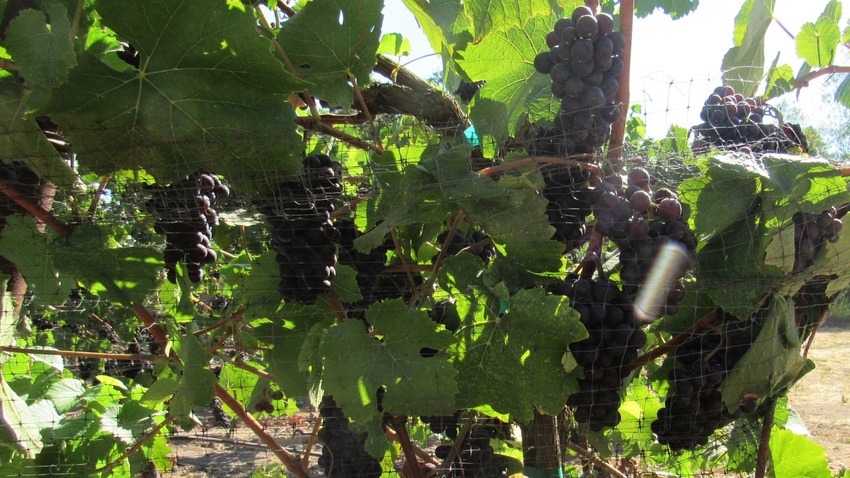
Wine grape acreage in the Pacific Northwest held steady in 2023, with Oregon and Washington combining for more than 105,000 planted acres, according to estimates.
Total vineyard acreage in Washington increased in 2023 by 600 acres to about 61,200, while Oregon’s total acreage remained about even with 2022 at 44,486, Jeff Bitter of Allied Grape Growers noted at this week’s Unified Wine and Grape Symposium in Sacramento, Calif.
Pinot noir was far and away the top grape variety in Oregon with 26,648 acres, including 24,729 bearing acres, Bitter said, citing statistics from the Oregon Wine Board. Of the total, an estimated 707 acres in the Beaver State was planted in the most recent crop year, he said. Cabernet sauvignon was the most popular planted variety in Washington at 20,666 acres, according to figures from Washington Winegrowers.
The latest statistics follow a 2022 season in which total wine grape production in Oregon increased nearly 20% over 2021, from 114,677 tons to a record 137,065 tons, the state’s wine board reported. Harvested acreage in Oregon increased by 4% from 2021, while yield per harvested acre in 2022 increased by 15% over 2021.
The growth comes as a chronic oversupply of wine grapes is pushing down prices and making it more difficult for growers to place their grapes on the spot market, said Bitter, the AGG’s president.
Bitter urged growers throughout California to remove a combined 50,000 of the state’s roughly 575,000 bearing acres to correct the supply-and-demand imbalance. He noted the removals would be partly offset by nearly 20,000 new acres set to come online this year, adding they would result in a net 30,000-acre reduction.
He advised that 30,000 acres of older vines – mainly reds – should come out in the Central Valley and another 20,000 acres to be removed on the coast. He did not recommend removal totals for the Pacific Northwest.
About the Author(s)
You May Also Like






